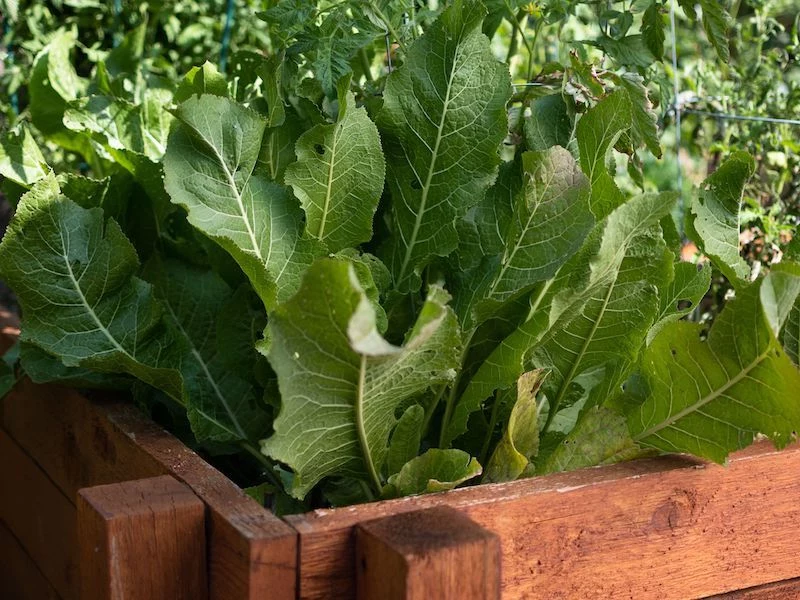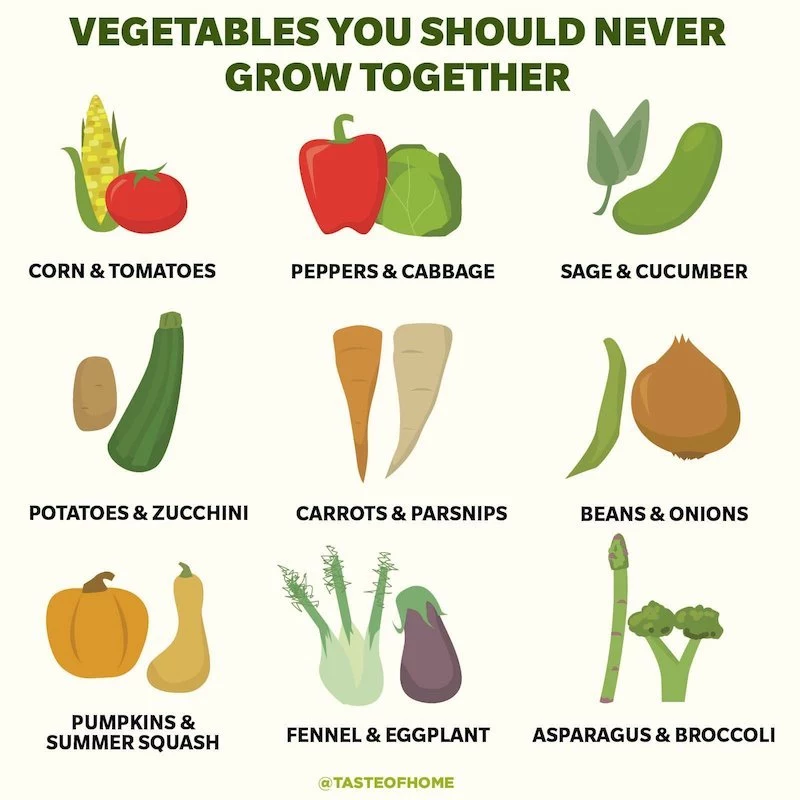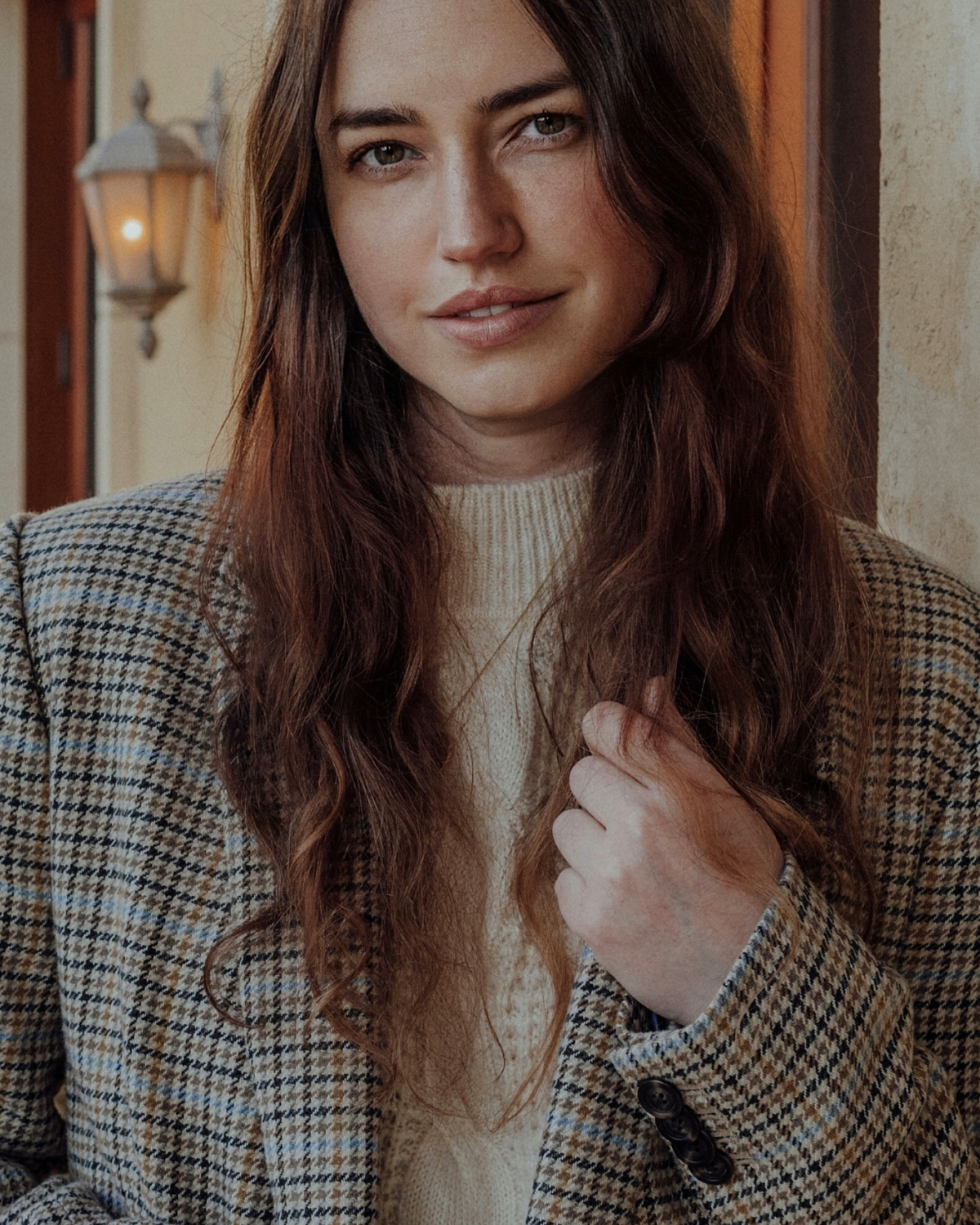Companion Planting That Actually Works: My Garden’s Best-Kept Secrets
I’ve had my hands in the dirt for more than a few decades, and if there’s one thing I’ve learned, it’s this: a garden isn’t just a row of plants. It’s a bustling little city. And just like in any city, the health of the community depends on how well everyone gets along. That’s the real secret behind companion planting.
In this article
When I first started, I was glued to those planting charts. You know the ones—plant this here, never plant that there. Sometimes it seemed to work, and other times… nothing. It was pretty frustrating. What the charts don’t tell you is the ‘why’ behind the pairings. Understanding the reasons these plant friendships work is what turns a confusing list of rules into a seriously powerful gardening strategy.
This isn’t some kind of garden magic. It’s about being observant, understanding a little bit of nature, and not being afraid of some trial and error. So, let’s dig into the combinations that consistently bring home the results, from keeping pests away to getting better-tasting veggies.
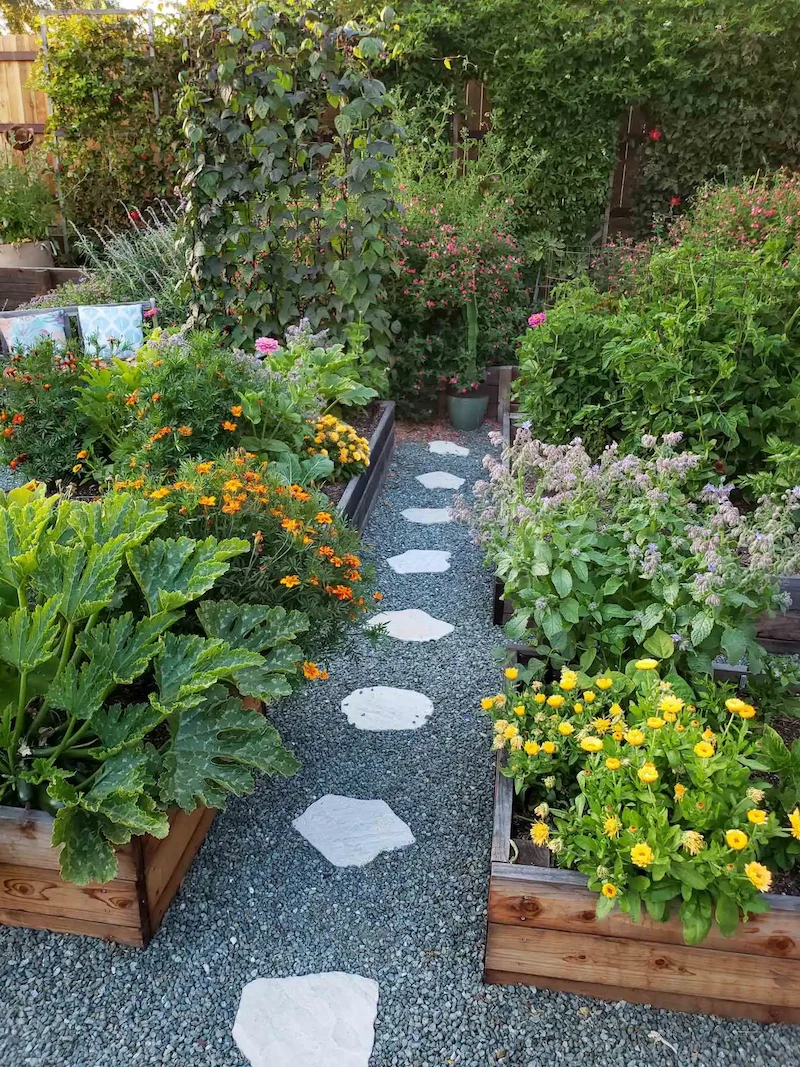
The ‘Why’ Behind These Garden Friendships
Companion planting isn’t just a charming old-timey idea; it’s rooted in real science. Once you get the main principles, you can start making smarter choices for your own patch of dirt. It really boils down to four key jobs.
1. Running Pest Control for You
This is the benefit everyone knows about. Some plants are like little bodyguards for their neighbors. My tomatoes are a perfect example. The dreaded tomato hornworm can turn a beautiful plant into a sad-looking stem overnight. But planting basil nearby is a game-changer. The strong, spicy scent of basil seems to confuse the hornworm moth, making it harder for her to find the tomato plants to lay her eggs.
So, how much basil do you need? A good rule of thumb I follow is to plant one bushy basil plant for every one or two tomato plants, placing it about 6-8 inches from the tomato’s main stem. It works wonders.
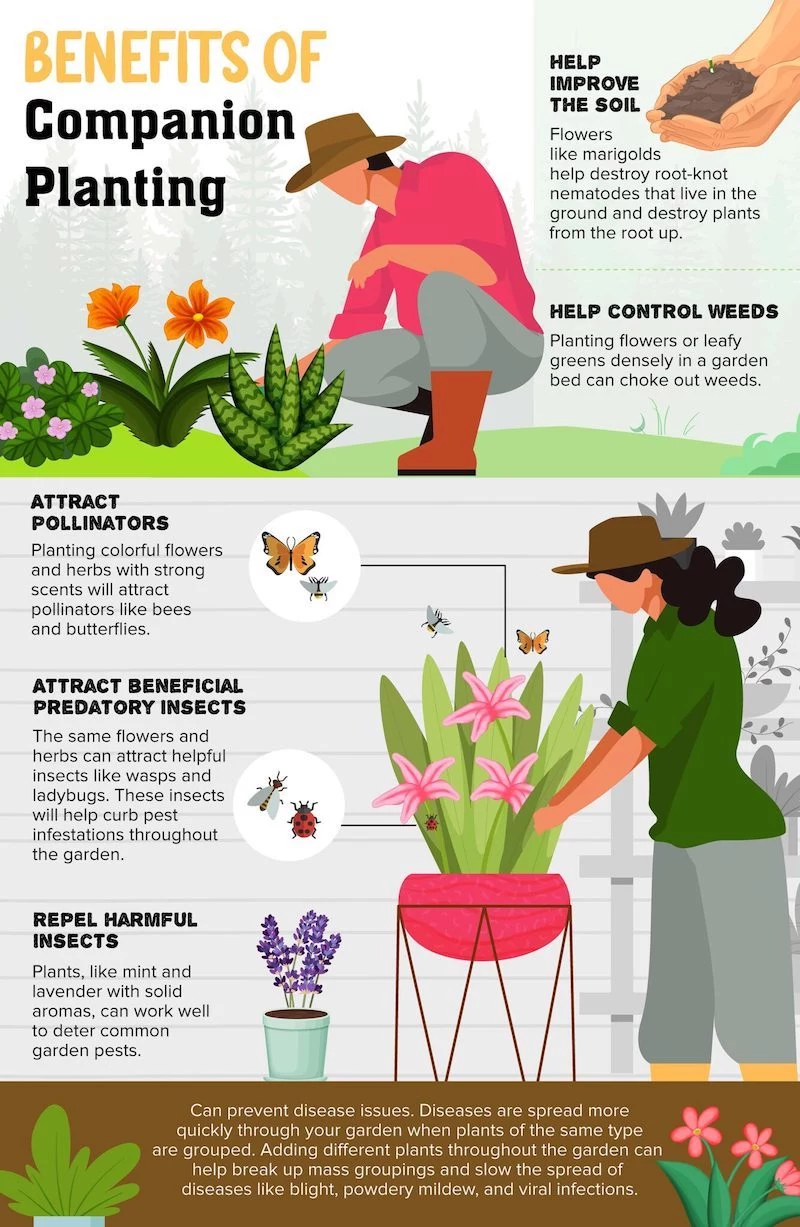
Another fantastic trick is using what the pros call a “trap crop.” I plant nasturtiums around the edges of my kale and broccoli beds. Aphids find nasturtiums absolutely irresistible. They’ll swarm the nasturtiums, leaving my brassicas mostly alone. It’s way easier to manage pests on one sacrificial plant than all over your main crop. Oh yeah, the flowers are edible too—they have a great peppery kick in salads!
Some plants even fight battles underground. French Marigolds release a chemical from their roots that’s toxic to root-knot nematodes, these tiny worms that can wreck the roots of tomatoes and peppers. Heads up, though: this isn’t an instant fix. To make it work, you have to plant a really dense block of marigolds—I’m talking about 6 inches apart—and let them grow for a full season to really clean up the soil. It’s a long-term investment in your garden’s health.
2. Calling in the Good Guys
A healthy garden is humming with life, and you want to roll out the welcome mat for the beneficial insects. Ladybugs, lacewings, and hoverflies are your personal pest control squad. Their larvae are absolute machines when it comes to eating aphids and mites.
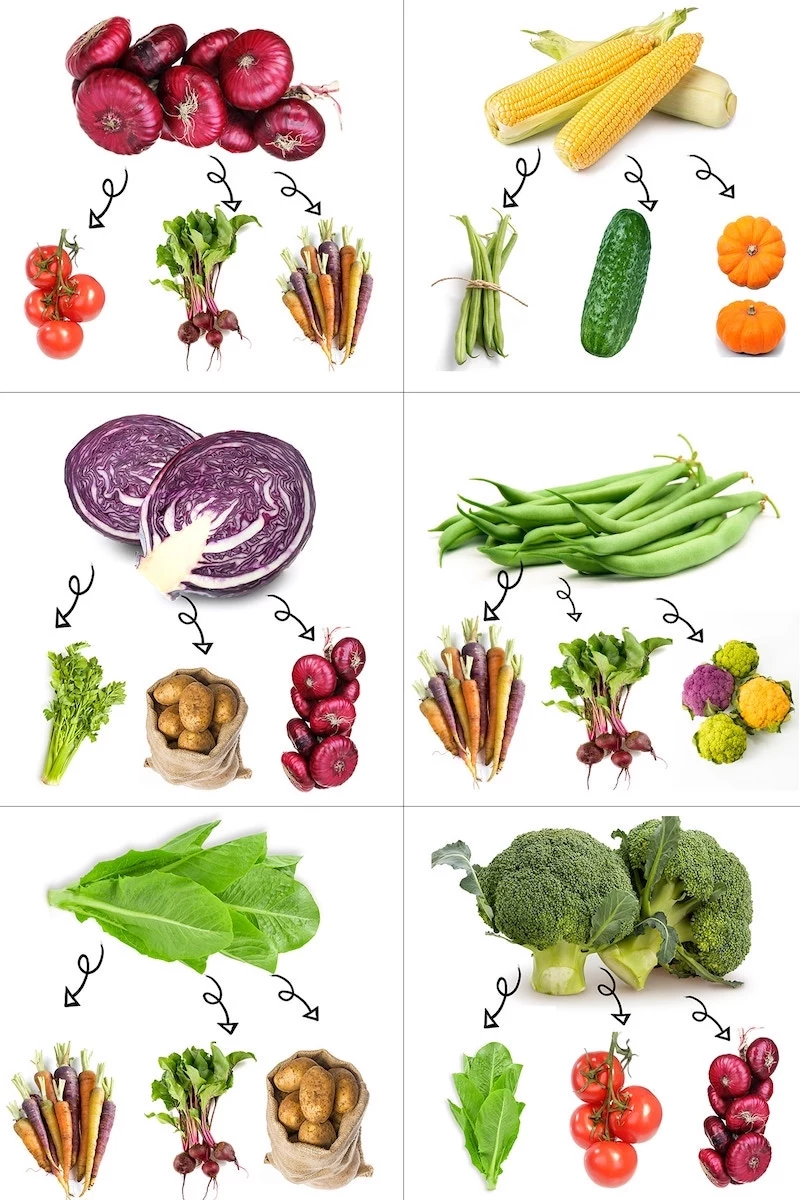
To get them to stick around, you need to offer them food. Plants with clusters of tiny flowers are perfect for this. I always let a few cilantro and dill plants bolt and go to flower for this very reason. I also tuck borage near my squash plants; its beautiful blue flowers are a magnet for bees, and better pollination means way more squash and cucumbers. It’s a simple win-win.
3. Sharing Nutrients and Support
Plants don’t just fight over food; sometimes, they share. The most famous example of this is the classic relationship between legumes (beans, peas) and pretty much everything else. They have a special partnership with soil bacteria that allows them to pull nitrogen from the air and ‘fix’ it in the soil, making it available for other plants.
Heavy feeders like corn and tomatoes get a real boost from this. Planting bush beans around the base of corn stalks helps feed the corn throughout the season. Quick tip: When the beans are done producing, don’t pull the plants out! Cut them off at the soil line. This leaves all those nitrogen-rich roots in the ground to break down and enrich the soil for whatever you plant next.
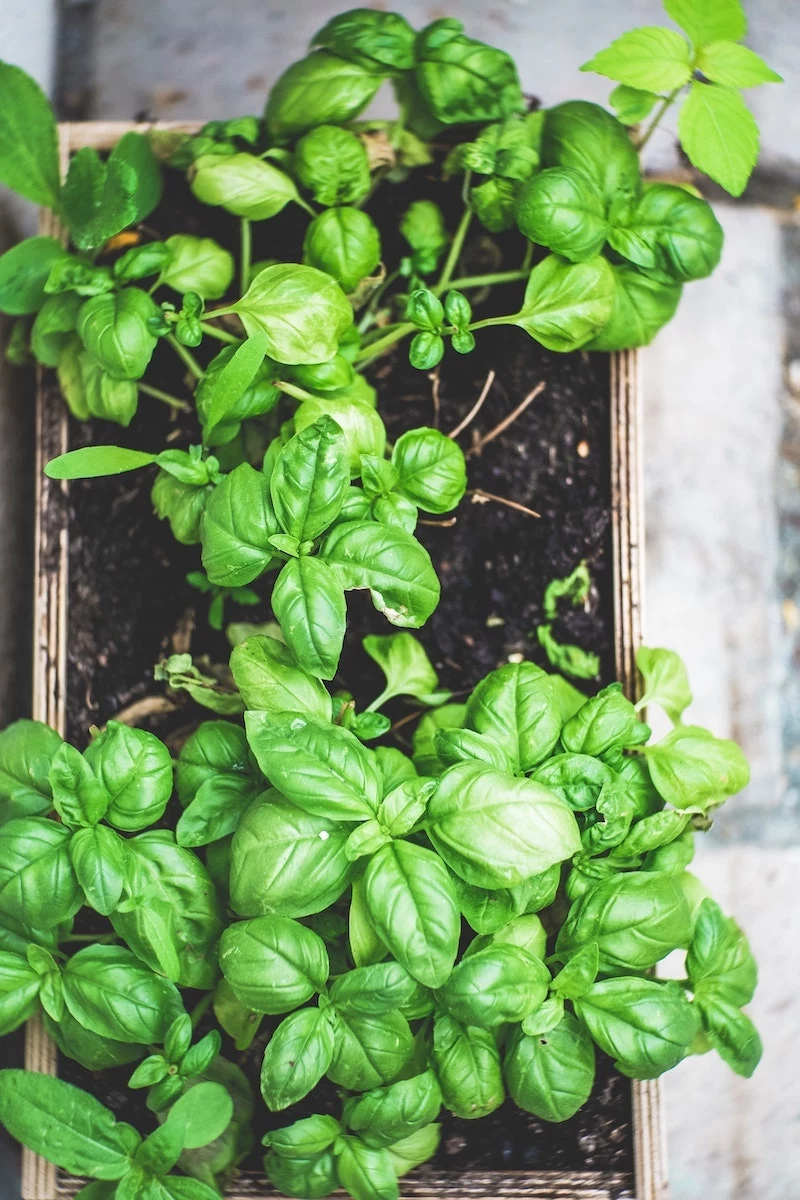
4. Providing Shelter and a Helping Hand
Sometimes a partnership is just about physical structure. The most brilliant example of this is the traditional “Three Sisters” garden of corn, pole beans, and squash. I’ve grown a patch for years, and it’s a masterpiece of natural design.
Thinking of trying it? Here’s a super simple way to set it up:
- First, build up a mound of rich soil about a foot high and two feet across.
- In the center of the mound, plant 3 or 4 corn seeds.
- Wait until the corn sprouts and is about 6 inches tall. Then, plant 5 or 6 pole bean seeds in a circle around the corn stalks.
- About a week after that, plant 3 or 4 squash seeds around the outer edge of the mound.
The corn gives the beans a pole to climb. The beans, in turn, help stabilize the corn against wind and add that crucial nitrogen. And the big, sprawling squash leaves act as a living mulch, shading the soil to keep it cool and moist while suppressing weeds. It’s a self-sufficient little system!

My Go-To Pairings That Never Fail
While experimenting is half the fun, some combos are so reliable they’re in my garden plan every single year. Here are a few of my favorites.
For the Summer Favorites: Tomatoes, Peppers & Eggplants
These guys are the heart of the summer garden. For companions, basil is the undisputed champion for tomatoes, helping with pests and—many old-timers swear—improving flavor. Carrots are great planted nearby since their roots grow deep, so they aren’t competing for surface-level space. And don’t forget the onion family! The strong smell of onions, garlic, and chives can really confuse pests looking for your peppers. But be careful what you plant nearby. Keep them far away from brassicas like broccoli and cabbage. They’re all heavy feeders and will just stunt each other’s growth. And the number one rule: keep tomatoes and potatoes separate. They’re in the same family and are both magnets for the same fungal diseases. Planting them together is like inviting blight to a party. I learned that lesson the hard way one wet summer, and trust me, you only make that mistake once.
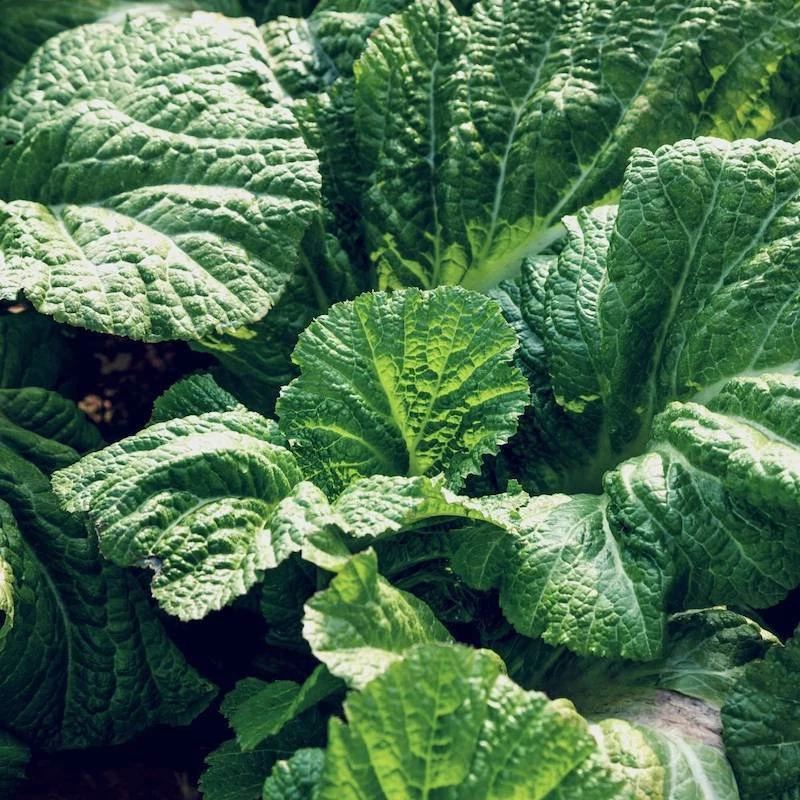
For the Cabbage Family: Broccoli, Kale & Cabbage
This family is famous for attracting the cabbage moth, whose little green caterpillars can destroy a plant in a day. Your best defense is a good offense with aromatic herbs. I always mix rosemary, thyme, and sage throughout my broccoli patch to mask the smell. Mint is also a powerful deterrent, but a word of warning: it’s incredibly invasive. If you use it, ALWAYS plant it in a container sunk into the ground, or it will take over your entire garden. As for bad neighbors, keep these guys away from your tomatoes and strawberries. They just don’t play well together.
For Your Root Veggies: Carrots, Beets & Radishes
These vegetables need loose soil and hate having their space crowded. The partnership between carrots and leeks is a classic for a reason. The smell of leeks helps repel the carrot rust fly, and the smell of carrots helps repel the leek moth. It’s perfect teamwork! I also like to plant radishes between my carrot rows. They grow super fast and are ready to harvest long before the carrots need the extra room. Just be sure to avoid planting dill or fennel nearby; they can attract pests that will happily move over to your carrots.
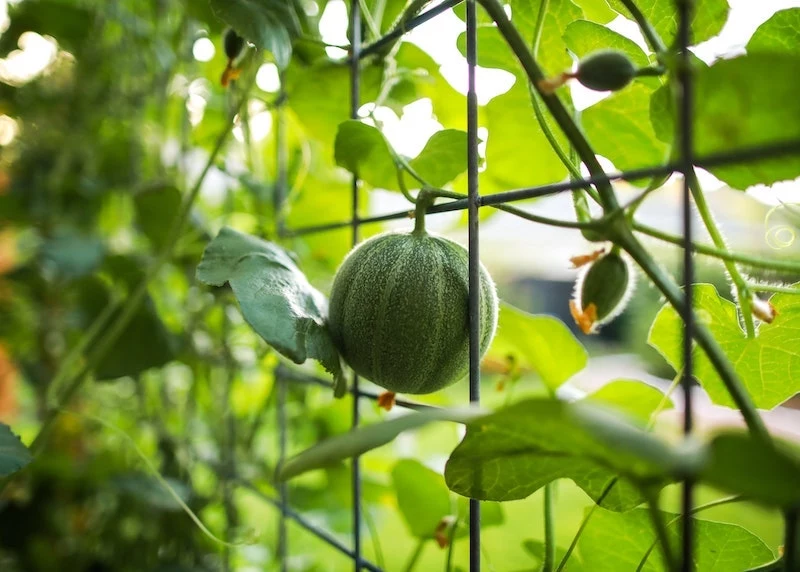
What About Pots and Patios?
Don’t have a big yard? No problem! You can absolutely use these principles in container gardening. In fact, it’s even easier in some ways.
Think of a large pot as a mini-garden bed. You can easily plant a marigold or some chives in the same container as your patio tomato plant. Tuck a few lettuce plants in the pot with a tall pepper plant; the pepper will provide some welcome afternoon shade, extending your lettuce harvest. A pot of nasturtiums sitting next to a container of kale works just as well as it does in a big garden.
Common Mistakes I’ve Made (So You Don’t Have To)
Companion planting is awesome, but it’s not a magic bullet. Here are a few pitfalls to watch out for.
1. Thinking the Charts Are Law. Your garden is unique. Your climate, your soil, your local pests—it all matters. Use planting guides as a starting point, not a strict set of rules. The best thing you can do is observe and take a few notes. What worked? What didn’t? Your own experience is the best teacher.

2. Forgetting About Spacing. Planting companions doesn’t mean you can cram everything together. Plants still need light, water, and airflow. Overcrowding is the fastest way to get issues like powdery mildew, which totally defeats the purpose. Always follow the spacing on the seed packet.
3. Not Containing the Thugs. I mentioned it with mint, but it’s worth saying again. Some plants, like mint, oregano, and comfrey, are just too good at growing. They will spread and take over. If you want their benefits, plant them in pots.
4. Forgetting to Rotate Your Crops. This is crucial. Don’t plant the same family of plants (like tomatoes/peppers) in the same spot year after year. Doing so invites soil diseases to build up. A simple four-year rotation (for example: nightshades -> legumes -> brassicas -> root veggies) will keep your soil much healthier in the long run.
Final Thoughts on Your Garden Community
Ready for a beginner’s kit? You can get started for under $20. Seriously. Next time you’re at Home Depot or a local nursery, just grab a seed packet of tomatoes, one of basil, one of nasturtiums, and one of French marigolds. That’s your first experiment right there!
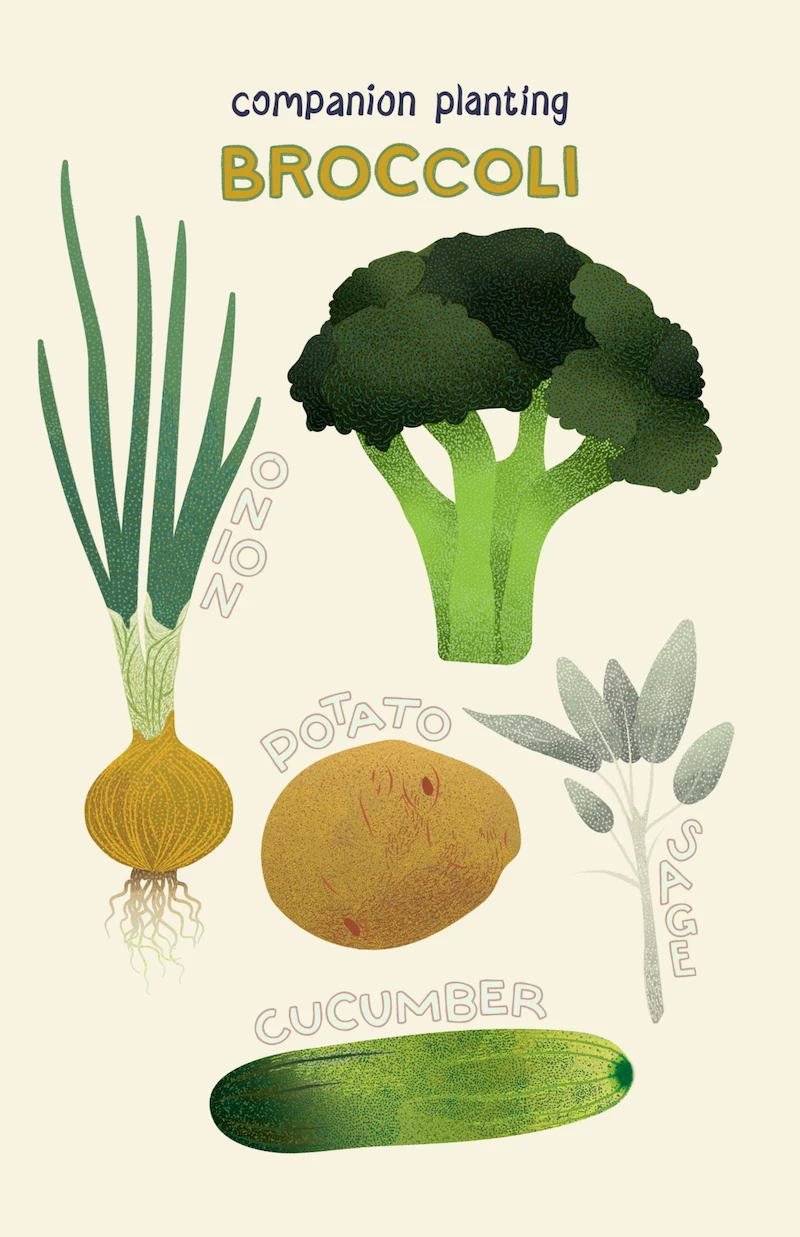
And if you’re feeling overwhelmed, here’s a quick win. The single best thing you can do today is buy a small pot of nasturtiums (usually under $5) and just place it next to your kale or squash plants. It takes ten minutes and creates an instant decoy for pests.
Ultimately, companion planting is a journey. It’s about looking at your garden not just as a source of food, but as a living, breathing ecosystem. Start small, watch what happens, and don’t be afraid to try something new. After all these years, my garden still teaches me something every season, and that’s the real joy of it all.
Inspirational Gallery
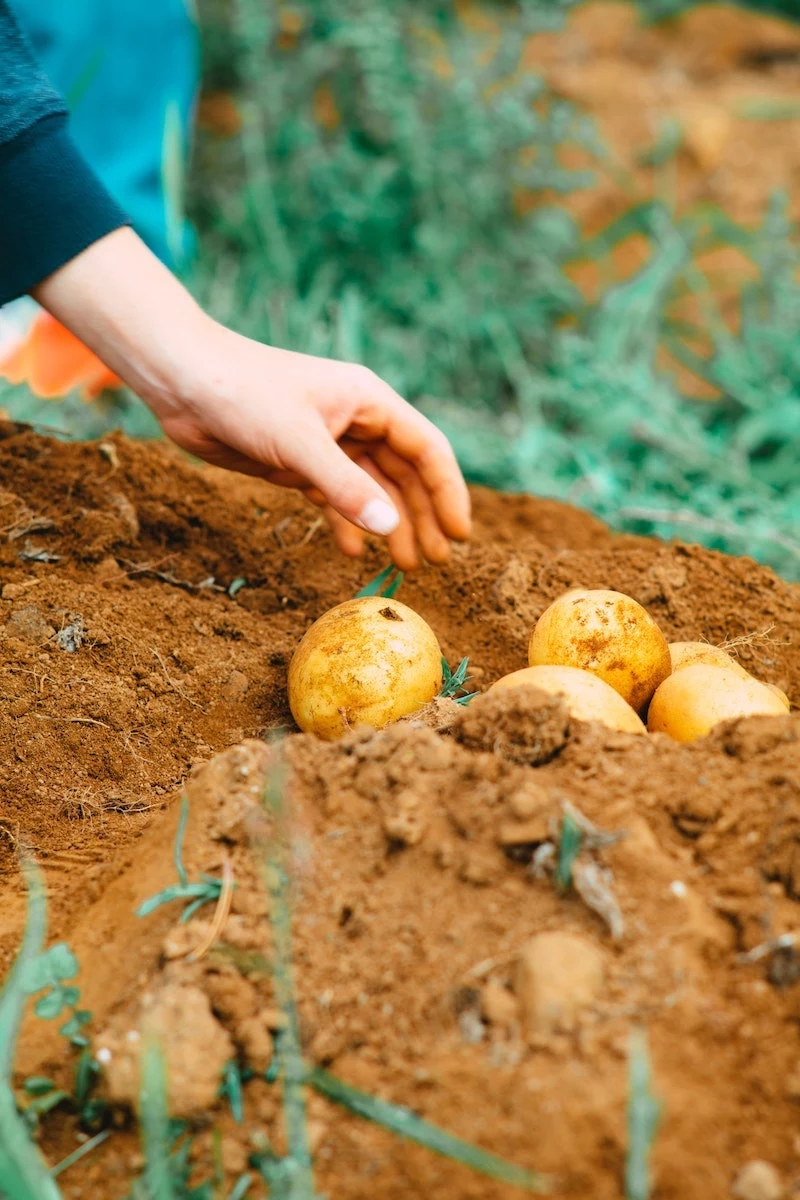
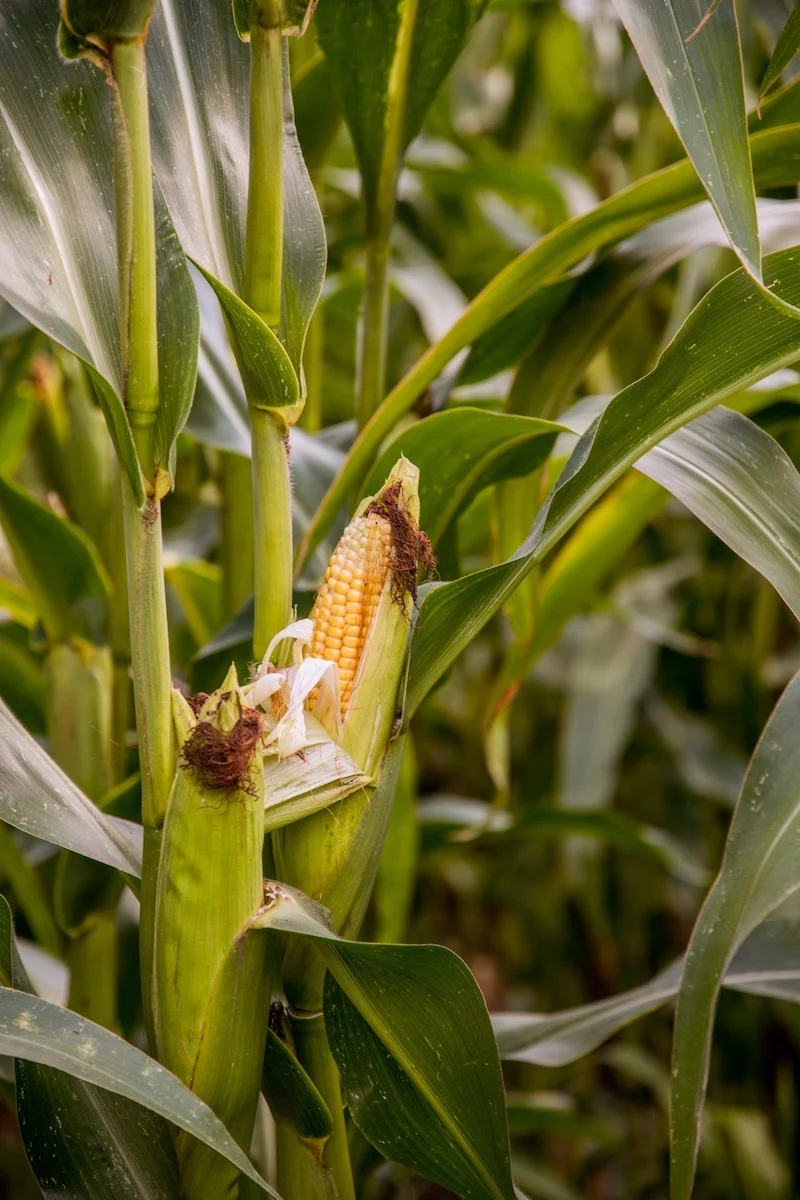
- Chives planted near carrots can help deter carrot rust fly and improve their flavor.
- Rosemary beside cabbage, beans, and carrots helps repel the cabbage moth and bean beetles.
- Radishes planted with cucumbers can lure cucumber beetles away from the main crop.
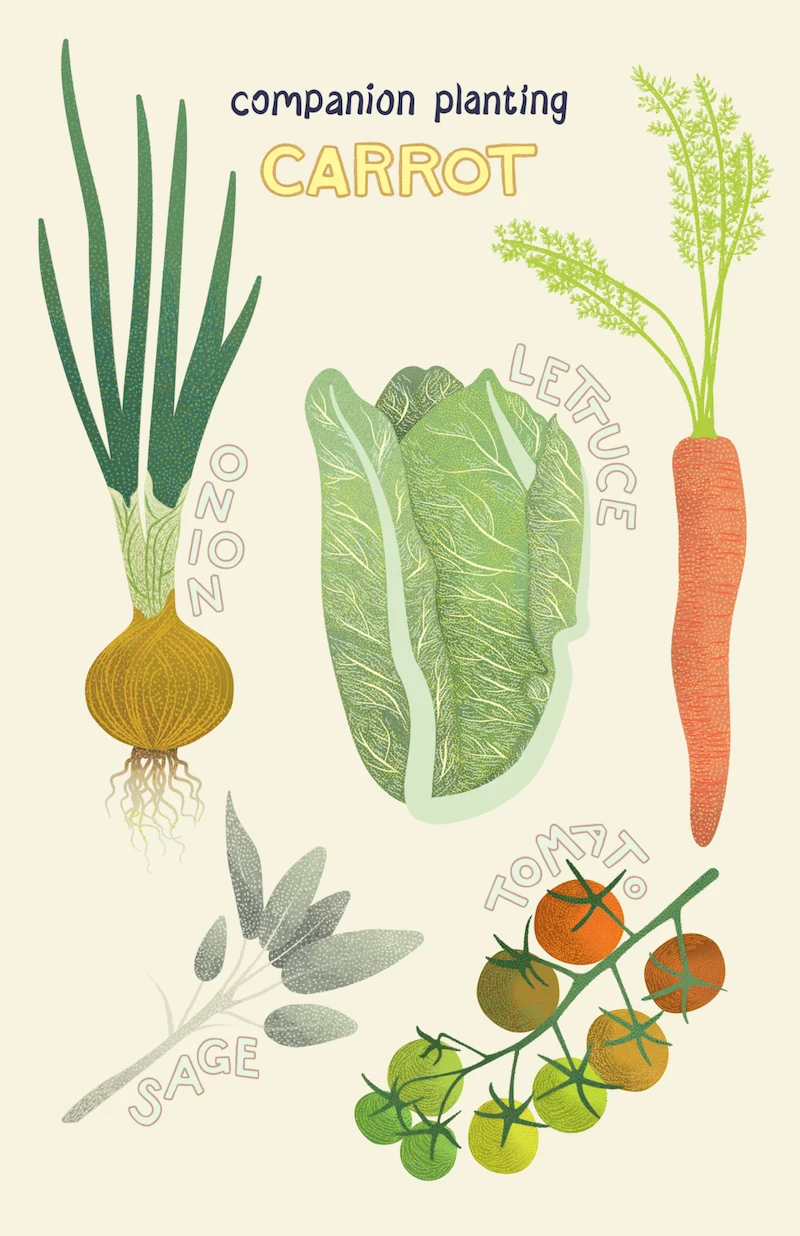
One of the most ancient and brilliant examples of companion planting comes from Indigenous American agriculture. The
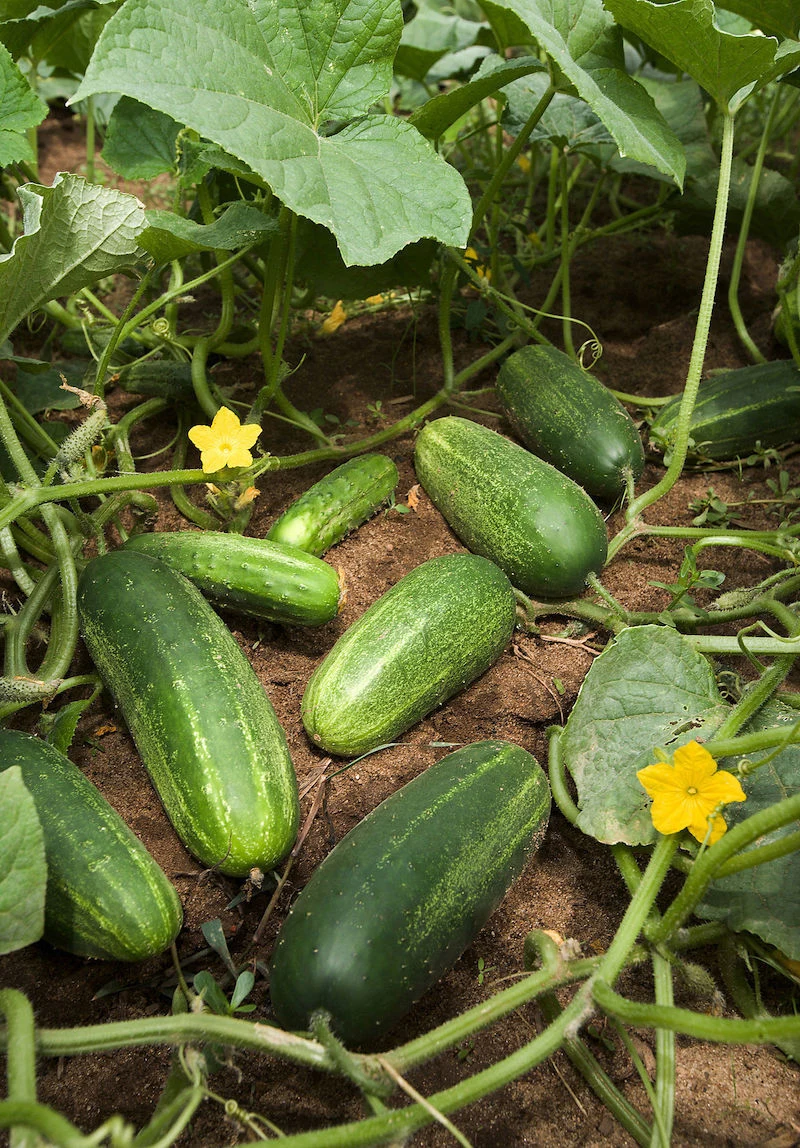
Are your companion herbs staging a garden coup?
You likely planted a perennial spreader. Aggressive herbs from the mint family (including most mints, oregano, and lemon balm) have vigorous root systems that will quickly dominate a bed. The trick is to plant them in a pot—a simple terracotta one will do—and then sink the pot into the garden soil. This contains their roots while still giving you the companion benefits right where you need them.
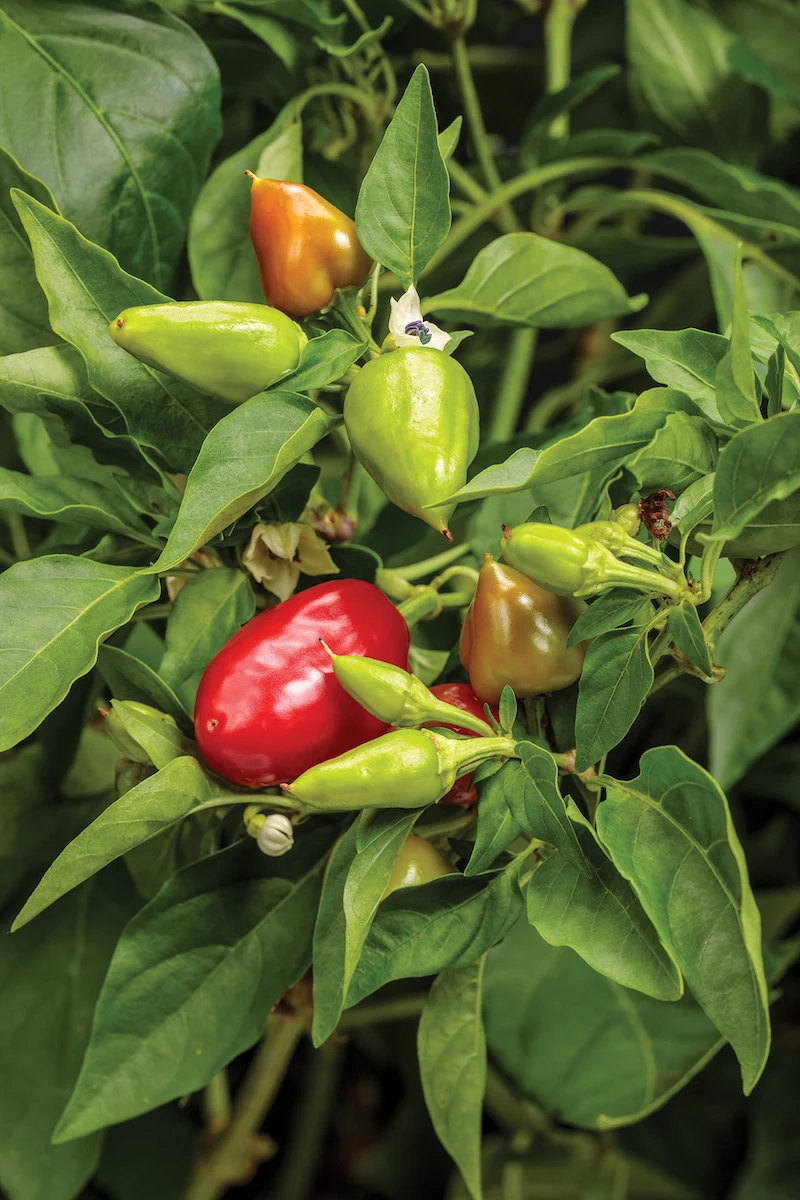
Did you know? A single bee can visit up to 5,000 flowers in a single day. Planting a succession of blooming companions like borage, phacelia, and cosmos ensures these essential pollinators have a food source all season long.
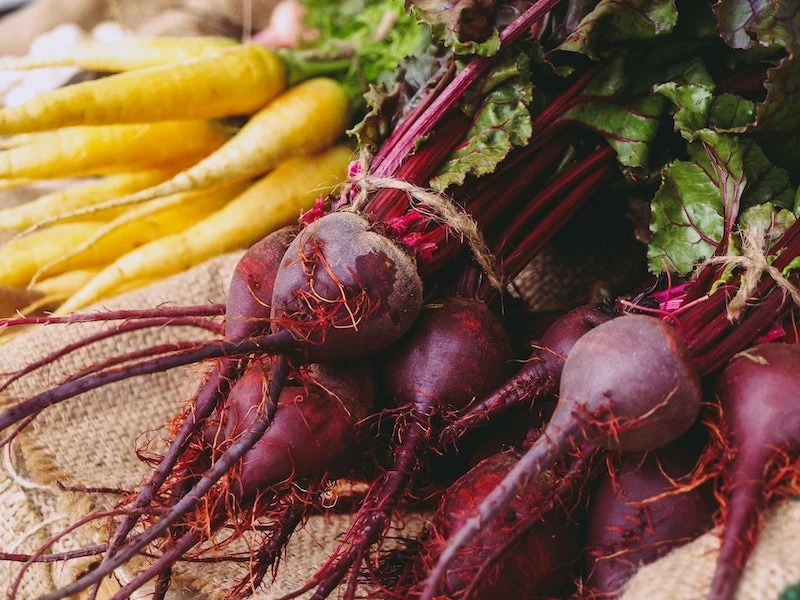
French Marigolds: Famous for their pungent scent, they release a substance from their roots that is toxic to root-knot nematodes, making them a true underground guardian for tomatoes and peppers.
Calendula (Pot Marigold): While less effective against nematodes, its sticky resin traps pests like aphids and whiteflies. Plus, its petals are edible. Choose based on your primary pest problem!
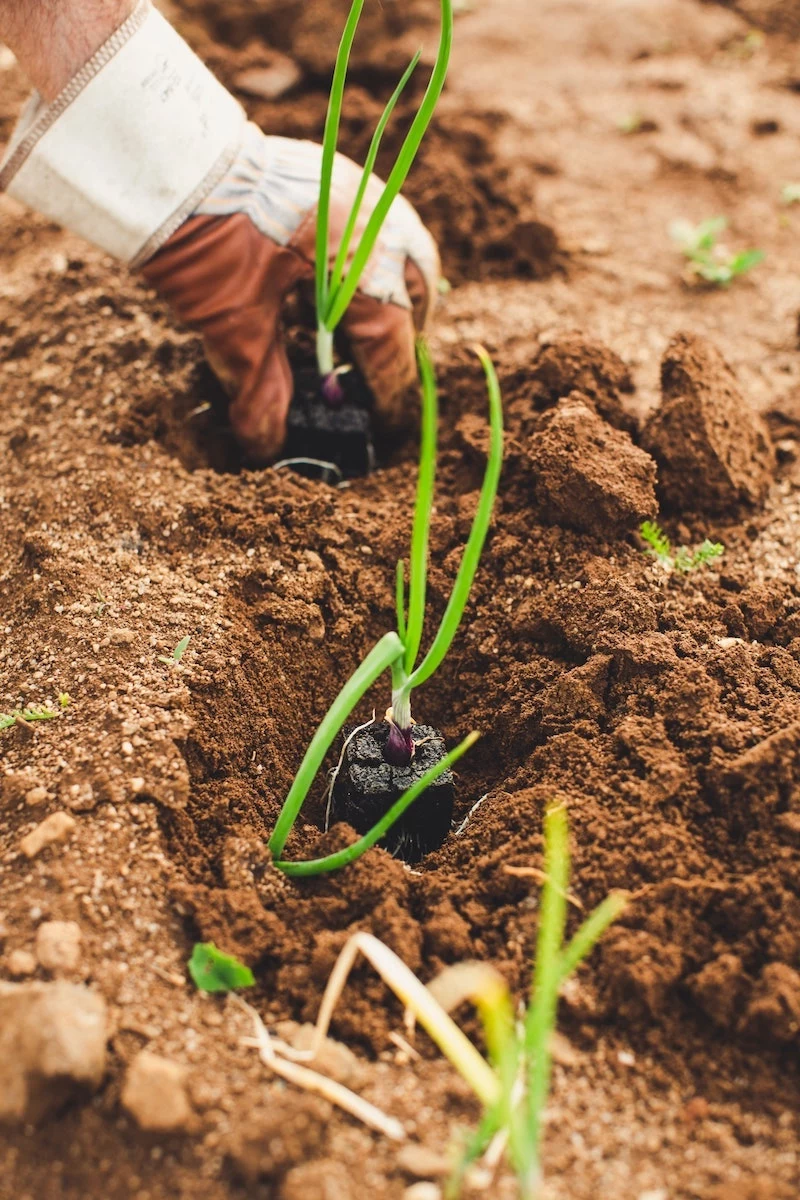
Think of your vegetable garden as a canvas. Companion planting is your palette for creating an
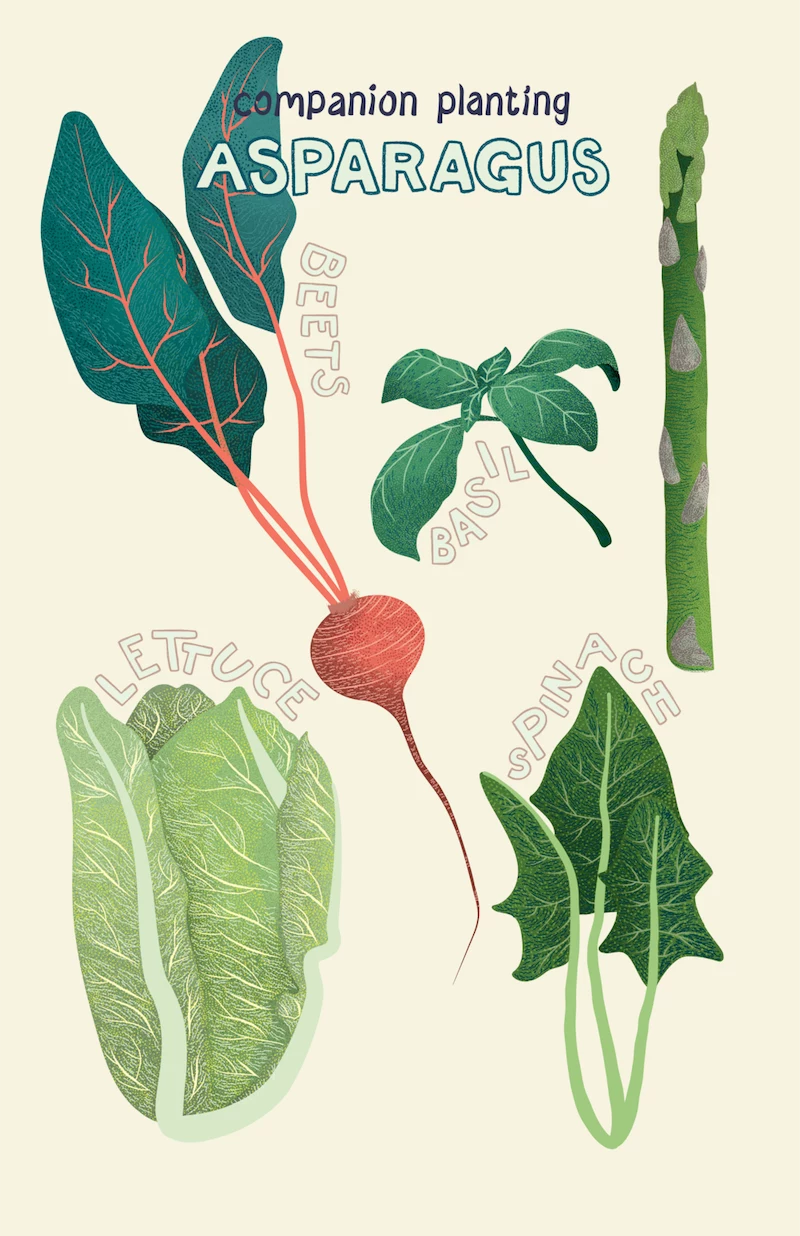
Don’t forget the soil: Companion planting isn’t just about what happens above ground. Deep-rooted plants like comfrey act as

- Draws in a dizzying number of bees and other pollinators.
- Its leaves are rich in calcium, making them a perfect
An aphid can give birth to up to 80 offspring in a single week.
This explosive population is why they can devastate a plant so quickly. The solution? Invite their predators. Plants like dill, fennel, and yarrow are magnets for ladybugs and lacewings, whose larvae are voracious aphid eaters. A small patch of these lacy-flowered herbs can host a powerful, self-sustaining pest control team.
Beyond pest control, consider the aromatic experience. Interplanting your tomato rows with creeping thyme or planting lavender at the end of a bed releases incredible scents every time you brush past. It transforms weeding from a chore into a fragrant, sensory moment. The strong oils that create these smells are the very same ones that confuse and repel many unwanted insects.
For a budget-friendly approach that keeps giving, focus on open-pollinated, self-seeding annuals. Let a few dill, calendula, or cilantro plants go to flower and set seed at the end of the season. They’ll drop their seeds and pop up on their own next year, providing you with a free, continuous supply of hardworking companion plants.
